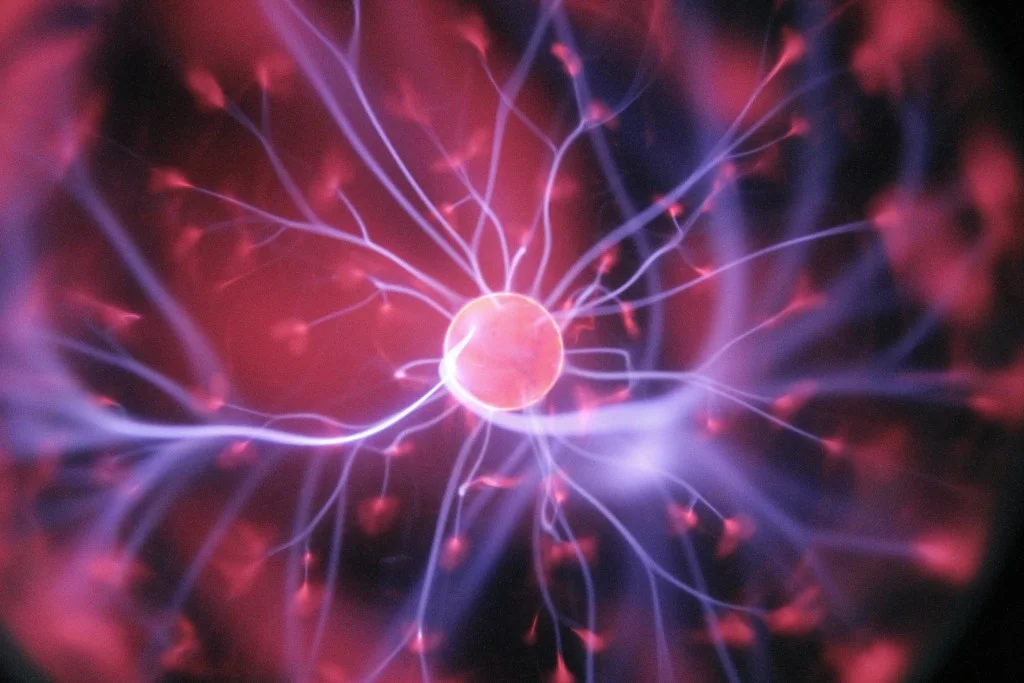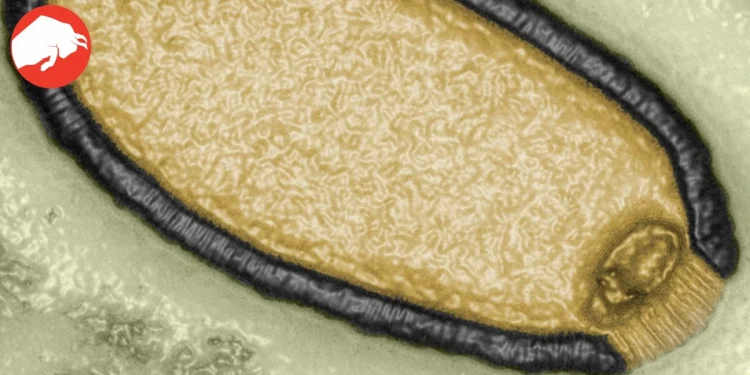The notion of a vast, hidden world beneath our feet, encapsulated in permafrost, is not just a subject of scientific curiosity but also a matter of growing concern. This frozen realm, untouched for thousands of years, is now revealing its secrets due to the effects of global warming. As the permafrost thaws, it’s not just ice that’s melting away; it’s also our understanding of what lies dormant beneath.
The Past: The Discovery of Ancient Life Forms
One of the most significant findings in this field has been the recovery of ancient microbial life from permafrost. Researchers drilling into the oldest ice cores have unearthed 48,500-year-old samples in Siberia, offering a window into a bygone era. This discovery isn’t just about unearthing the past; it’s about understanding how life has evolved and survived under extreme conditions. The revelation that such tiny life forms have persisted for tens of thousands of years, predating human civilization, is nothing short of astonishing.

The Enigma of Ancient Viruses: A New Threat or an Old Foe?
The thawing permafrost isn’t just releasing ancient microbes; it’s also awakening viruses that have been lying dormant for millennia. These viruses are so old that our immune systems have never encountered them, raising questions about our vulnerability to these newly awakened pathogens. The term ‘Arctic zombie virus’, often used in media reports, encapsulates the fear and fascination surrounding these ancient viruses. However, it’s important to note that scientists are still investigating the true nature and potential threat of these so-called ‘zombie viruses’.
“We now face a tangible threat and we need to be prepared to deal with it. It is as simple as that.” – Geneticist Jean-Michel Claverie (via The Guardian)

Assessing the Risk: Are Ancient Viruses a Danger to Humans?
The threat posed by these ancient viruses is a topic of intense debate and research. Viruses are known to be highly specialized, often evolving to infect specific hosts. The fact that these ancient viruses infected long-extinct species raises the possibility that they may not be capable of infecting human cells. Additionally, adapting to new hosts requires time and mutations, suggesting that an old virus might not pose an immediate danger.
“The viruses we isolated were only able to infect amoebae and posed no risk to humans.” – Geneticist Jean-Michel Claverie (via The Guardian)

The Thawing Permafrost: A Gateway to Forgotten Epidemics
The melting permafrost does more than just release ancient viruses; it also awakens known pathogens that have been lying dormant. For example, experts have linked melting permafrost to recent anthrax outbreaks in Siberia, as it releases long-buried spores. This connection highlights the potential for forgotten epidemics to reemerge, emphasizing the need for heightened vigilance and public health preparedness.
Navigating a Thawing World: The Way Forward
Understanding and mitigating the risks posed by the thawing permafrost require ongoing research and monitoring. Scientists are diligently working to analyze the genetic makeup of these ancient viruses to assess their potential threat. As we continue to navigate a world where the permafrost’s secrets are slowly being revealed, the importance of scientific inquiry and preparedness cannot be overstated. Our journey into this once-hidden world is just beginning, and what we find may change our understanding of viruses, their evolution, and their impact on our world.









